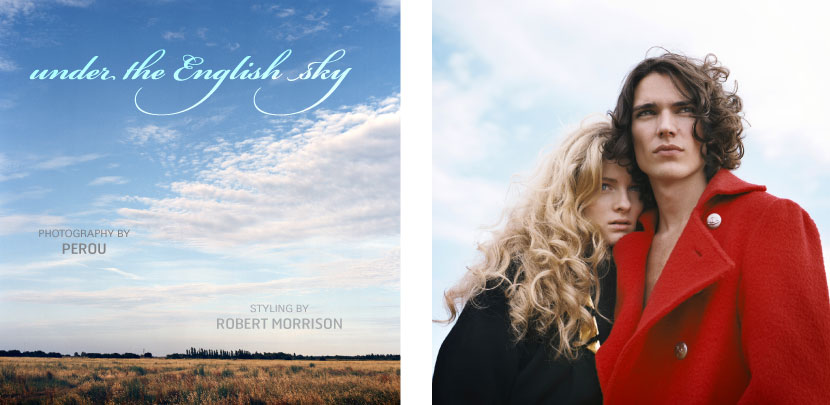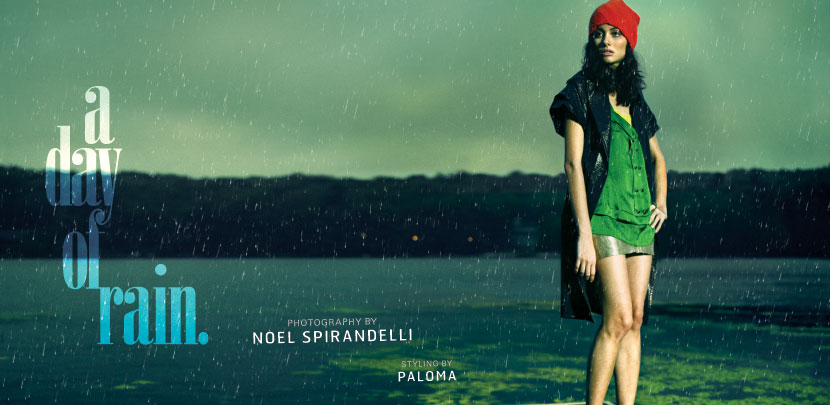Seriene. It means “welcome” in Samburu and can be heard as you make your way past the proud, elaborately adorned warriors of the Samburu people, who occupy a remote region of northern Kenya, near the foothills of Mount Kenya. Semi-nomadic pastoralists, they are excellent blacksmiths and subsist primarily as farmers and herders, though meat and vegetables are not often available. So they survive on what surrounds them, preserving meat with salt, making soups from bark and roots, and drinking milk and blood from their livestock. These days, draught has put even more strain on the Samburu, stifling their ability to keep livestock and grow even meager crops.
During his first encounter with the Samburu, photographer Lyle Owerko was told, “We will feed you what we have. You will drink what we drink, you will eat what we eat, and you will drink blood if that is all we have to offer.” Later, he was offered a plate. “Tonight we give you our best meat and bread,” they told him. “You will drink Samburu tea to quench your thirst.” It’s tough to trace back the origins of the Samburu further than a couple of hundred years, as many of them have no identification or knowledge of their own age. Instead, theirs is an oral tradition, spliced with mythology.


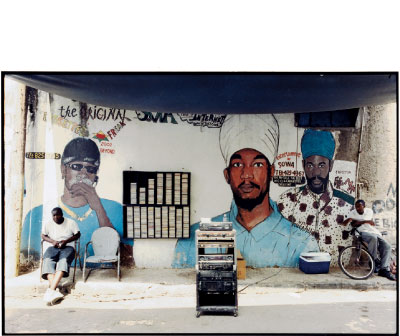
What do biker gangs in Tokyo and tombstones in a South African township have in common? According to Roger Gastman and Caleb Neelon, they are both part of a rising subculture of global urbanites who create art and entertainment using their surroundings. Because young people travel and bring their customs and fascinations across borders, this culture becomes a global phenomenon. In Street World, a collection of over 500 photographs taken by amateurs and professionals on five different continents, the editors display bold, full-page images of street culture’s various façades in chapters divided by theme — skateboarding, hip-hop, fashion, graffiti, and transportation. Diamond-studded teeth, kids hanging out in the streets of New York, and colorful shots of people all over the world standing in their closets are also considered part of the movement.


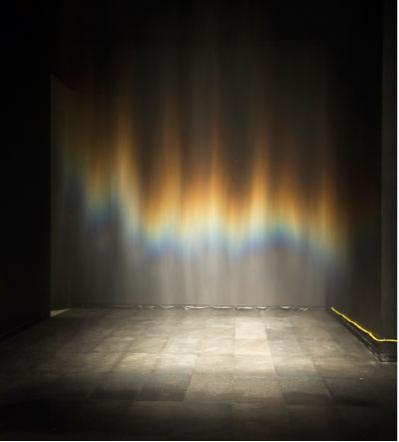
In recent years, Icelandic-Danish artist Olafur Eliasson has become a prime exemplar of the international art star. He’s received no shortage of praise for his installations, which frequently incorporate light, water, and various natural or unnatural representations of the earth’s elements, to become the fine-tuned infrastructure for an experience of the perception of beauty as it manifests in the world. His work often inspires the kind of gee-whiz wonderment that youngsters first experience in learning about the physical sciences, but they rest clearly in the domain of fine art, drawing on crafts as much conceptual as technical.
Four years ago, at the age of 36, the artist experienced a major career breakthrough when the Tate Modern commissioned him to fill their massive Turbine Hall, with a site-specific installation. Eliasson’s Weather Project tapped into a global phenomenon — the weather — in a way that particularly resonated with UV-deprived Londoners. The large former power plant became a literal and metaphorical mirror of the local landscape, with a giant “sun” regulating the accumulation and dissipation of mist beneath a mirrored “sky”. Visitors came repeatedly to bask, frolic, and picnic. They also came to meditate. By taking the weather’s core elements out of circulation and re-creating them within the museum, the artist offered witnesses the space and time to reconsider their relationship to reality. This is his oft-stated agenda, which tends to be met in very visceral, participatory ways.


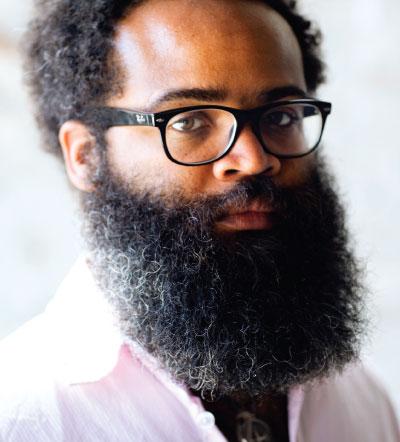
In 2006, TV on the Radio’s Return to Cookie Mountain topped countless critics’ year-end lists with its rock ‘n’ soul meditations on the ecological and political disasters of the day. Anchoring the NYC quintet’s mishmash of frenzied drones, fractured rhythms, artful noise, sinister yet beautiful a cappella, and just plain punk is the ghostly falsetto of singer-guitarist Kyp Malone (usually in harmony with co-vocalist Tunde Adebimpe’s smoldering tenor). Dark ditties notwithstanding, the 33-year-old Malone seems less a rabble-rousing radical and more a concerned Brooklyn daddy. Hanging at home a month before hitting the summer European festival circuit, the bushy bearded musician (and former Jehovah’s Witness) spoke to PLANET° about murky modern times, the candidacy of Barack Obama, and finding the ideal ingredients for fish tacos for his six-year-old daughter Isabelle.
Do you consider yourself a family man? I’m a family man because I have a family. It’s not something that I spent my life expecting to be. But having Isabelle is the best thing that ever happened. What’s a normal day for Isabelle and you? Today, we went grocery shopping. Lots of fresh vegetables, cabbage, onions, salsa. Tilapia for fish tacos. I don’t know. Whatever my daughter wants. [Talking to his daughter] Isabelle, what do you like to do? [A child’s voice answers, “Ask questions.”] She likes to ask questions. She’s really into ancient Egypt now.


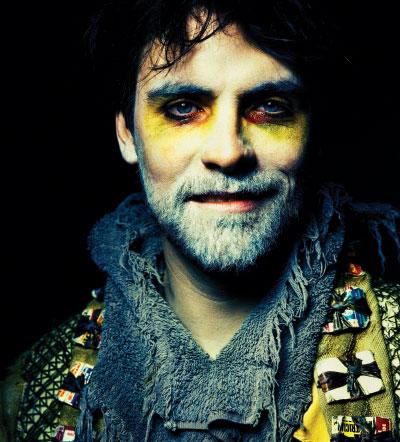
The photos here were taken during one of two marathon studio sessions in New York City. In 2003, Alexander Berg had received access to an empty storefront through the Chashama space grant program, which provides temporary free space to artists around Manhattan. Like any ambitious photographer, Berg was looking for a novel and powerful idea to catalyze his artistic vision. He says One Shot came to him as a rigorous but playful experiment. “I’d recognized that the first frame of any shoot always held more tension, expectation, joy and fear, and the project became a kind of open question about what can happen in only one frame.” Berg put a sign on 42nd Street outside the makeshift studio, at the epicenter of the world’s most international city, and also emailed friends. Then, for ten hours a day he photographed portraits of any and all comers. The theme was simple: Be as you are or however you wish to be — you have only one frame.


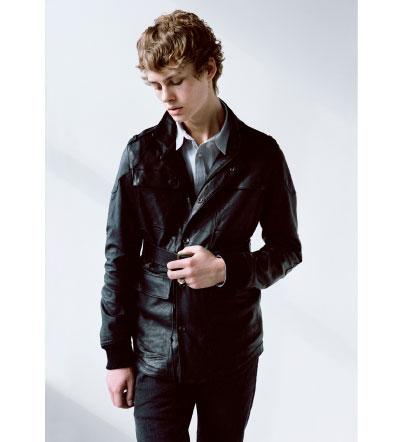
“Jean-Paul Belmondo; riding a Vespa; sitting in cafes; smoking a cigarette and checking out girls with your buddies…” — just a few touchstones of Paris in the 1960s, Robert Geller says, which inspired the debut collection of his new men’s line. “What I liked about that time,” Geller explains, “was the masculinity. They didn’t watch every word they said. But they also had a sensitive side.” In Robert Geller Collection, one of the most anticipated and watched launches this fall, that translates into mid-length leather jackets, wide-legged trousers, short-brimmed Ecuador hats, skinny suspenders, and cotton voile shirts, all on lean but muscular young men who, like Belmondo in Breathless, are slightly unformed creatures, not yet certain to turn out good or bad.
“They could have this vulgarness [sic], this roughness, but also be in touch with a vulnerable, feminine side,” Geller says. “It’s the kind of masculinity I like. Today, that’s coming back. People are open to a more diverse image of masculinity again. Guys want toughness with a touch of elegance. That’s something girls like to see in a man.”
Geller knows a bit about men’s wear and what women like to see. After training at Marc Jacobs, he joined Alexandre Plokhov at Cloak in 2002 and helped revamp the line, earning the duo the Ecco Domani prize in 2003 and a Vogue/CFDA grant in 2004.





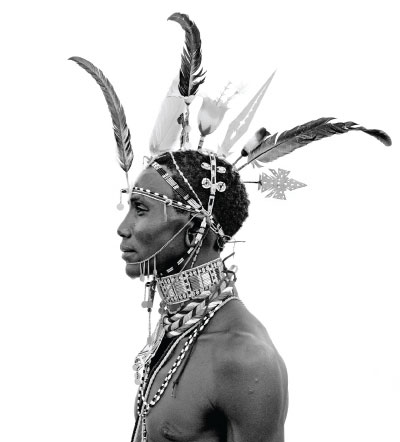
 Facebook
Facebook Permalink
Permalink Digg
Digg Reddit
Reddit LinkedIn
LinkedIn StumbleUpon
StumbleUpon Tumblr
Tumblr